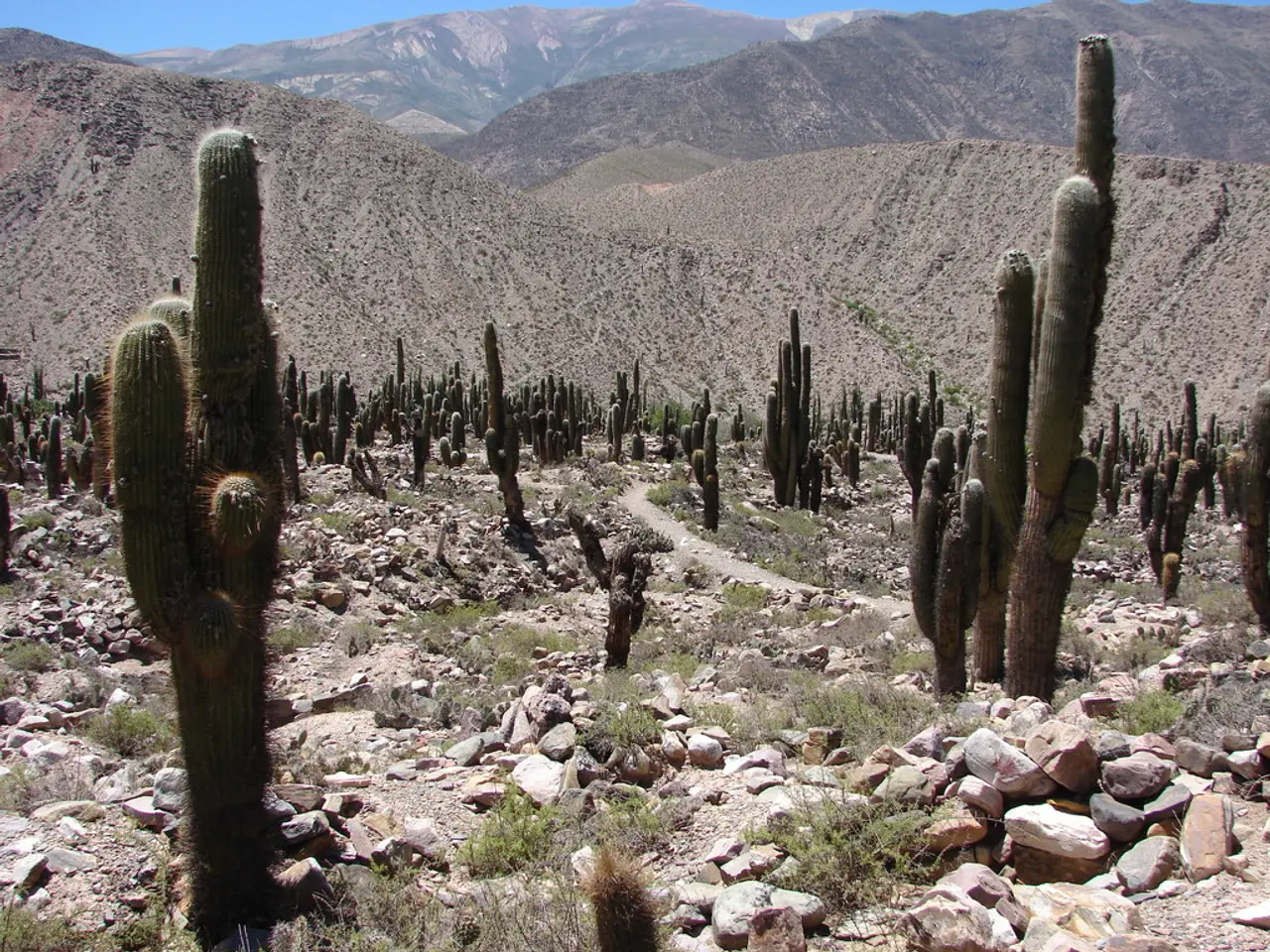Venture on the Conquering Trail: Cactus to Clouds Expedition
The Cactus to Clouds hike, located in Southern California, is renowned as one of the world's most arduous day hikes, according to Backpacker Magazine. This trail offers a unique blend of desert landscapes and mountainous terrain, but it comes with its own set of challenges that require careful planning and consideration.
## Starting the Journey The hike begins in downtown Palm Springs and ascends over 10,000 feet to the summit of Mt San Jacinto. The trailhead can be found behind the Palm Springs Art Museum at 101 N Museum Dr, Palm Springs, CA, 92262, USA. Due to the hike's length and the intense heat, it's advisable to start before dawn to allow enough time to complete the hike and to account for the temperature drop as altitude increases.
## Weather Considerations Hiking in such extreme conditions requires mental preparation to break the hike into sections and tackle it one at a time. The optimal weather conditions for this hike include cooler temperatures, clear skies, low humidity, and wind protection. It's crucial to start early to beat the heat and reduce the risk of heat-related illnesses.
## Safety Precautions Safety is paramount on the Cactus to Clouds hike. Most rescues and deaths on the hike occur during the summer when temperatures can reach 110-120F. To stay hydrated, it's essential to bring more water than you think you'll need and to hydrate consistently throughout the hike. Sun protection, such as sunscreen, hats, and light, breathable clothing, is also crucial to protect against sun exposure.
## Navigating the Trail The hike's popular routing uses the Museum and Skyline trails, with other routes like the North Lykken Trail being more challenging and obscure. The Skyline Trail, a portion of the Cactus to Clouds hike, is not an officially sanctioned trail but is recognized as a cross-country route. The trail is often hiked in the dark, making it challenging to follow. White dots have been used to mark the trail, and it's recommended to familiarize oneself with the first mile of the Skyline Trail in the evening before the hike.
## Seasonal Considerations The best time to hike Cactus to Clouds is late September to early October, when temperatures in Palm Springs start to cool down and the upper elevations are generally free of snow. Winter conditions can make the upper portion of the hike more challenging, with steep sections becoming treacherous and prone to falling debris and ice.
## Historical Perspective The history of the Cactus to Clouds hike is somewhat murky. Some believe it was a native Cahuilla trail, while others attribute its creation to the Civilian Conservation Corps in the 1930s. The modern-day Cactus to Clouds hike began in 1991 when Coachella Valley Hiking Club members revived the trail and started leading hikes there.
## Equipment Recommendations It's recommended to have trekking poles for the hike, as they can help on steep slopes and prevent snake bites. Despite the challenges, the Cactus to Clouds hike offers a rewarding experience for those who are well-prepared and up for the challenge.
- The Cactus to Clouds hike, one of the world's most challenging day hikes, starts in downtown Palm Springs and ascends over 10,000 feet to the summit of Mt San Jacinto.
- The trailhead can be found behind the Palm Springs Art Museum, making it an accessible starting point for many hikers.
- Navigating the trail can be a challenge due to its obscure routes, with the popular ones using the Museum and Skyline trails.
- Hiking in extreme conditions requires careful consideration of safety precautions, such as carrying enough water, using sun protection, and starting early to account for the temperature drop as altitude increases.
- The best time for this hike is late September to early October when temperatures are cooler and the upper elevations are generally free of snow, making the hike more manageable.
- The history of the Cactus to Clouds hike is unclear, with some believing it was a native Cahuilla trail while others attribute its creation to the Civilian Conservation Corps in the 1930s.
- To make the hike more comfortable and effective, it's recommended to use trekking poles for stability and to use appropriate gear for health and wellness, sports, and fitness-and-exercise, such as breathable clothing and suitable footwear for trail hikes.




